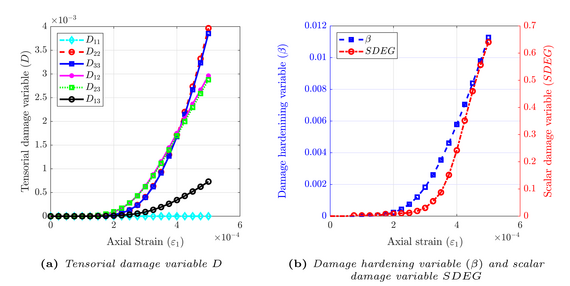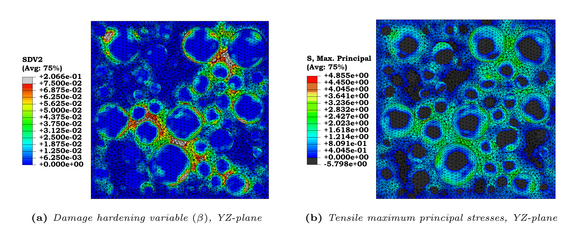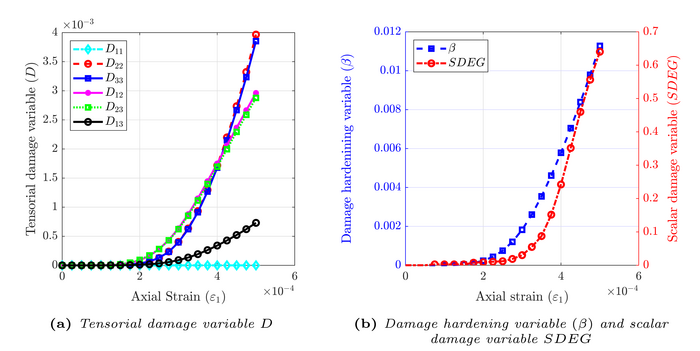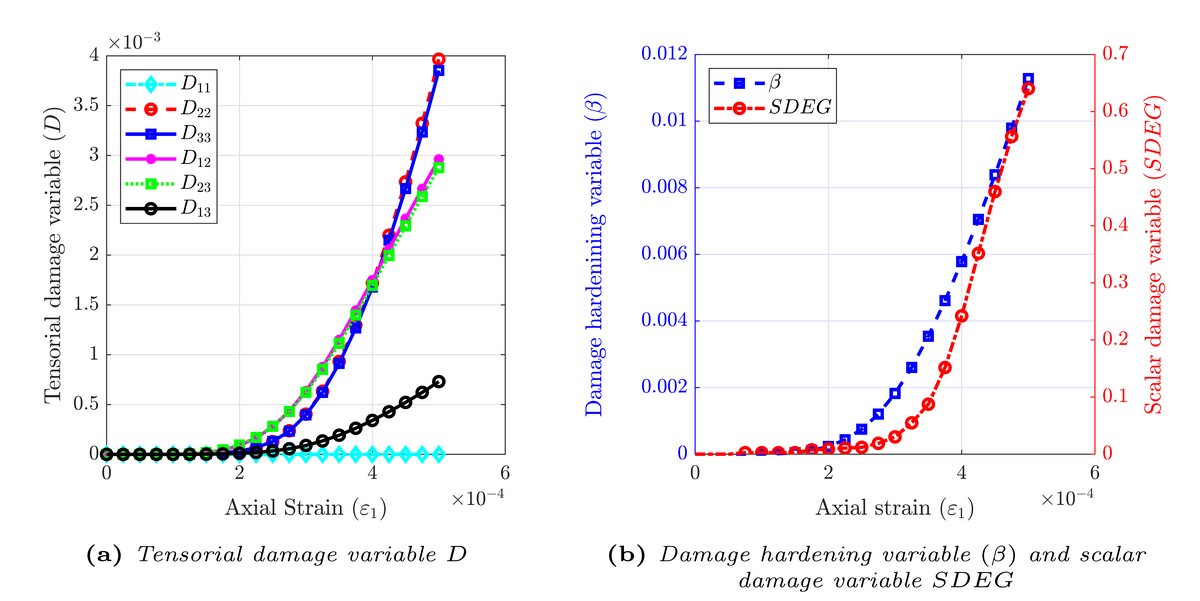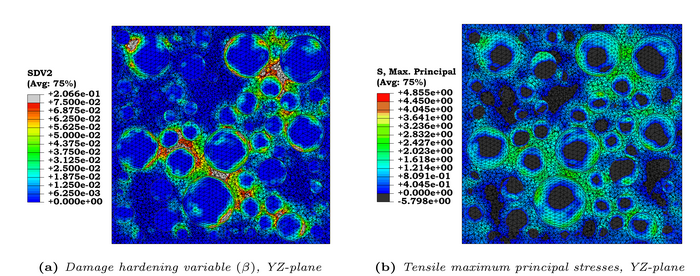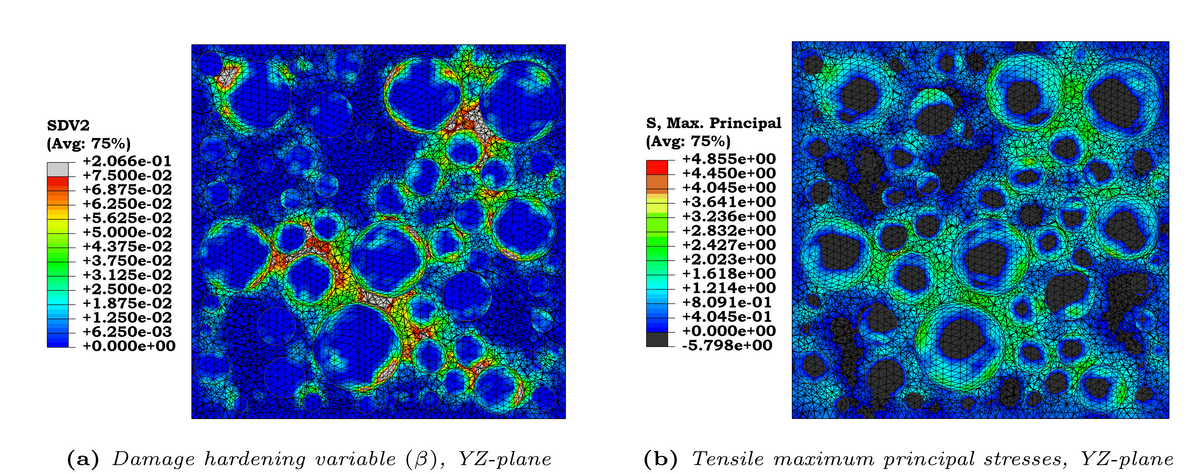Anisotropic damage modelling of concrete at the mesoscale

| Leitung: | Udo Nackenhorst |
| Team: | Mohammed Hammad |
| Jahr: | 2018 |
| Förderung: | DAAD (German Academic Exchange Service) |
In this research, the physical mechanism and anisotropic nature of damage initiation and development in normal concrete during the pre-loading phase are investigated at the mesoscale. At this scale, concrete is typically modelled as a three-phase heterogeneous material consisting of aggregate particles, a cement mortar matrix, and a weak and very thin layer around the coarse aggregate particles, referred to in the literature as the interfacial transition zone (ITZ). The effects of early damage at this scale on the macroscopic behaviour of concrete under different loading conditions are then investigated.
The behaviour of concrete under axial compression is often explained in terms of computational plasticity and the mechanics of ductile damage. In this work, a new hypothesis is proposed to physically explain the permanent strains observed experimentally in cyclic fatigue of concrete. This hypothesis is based on the release of the initial residual stress (eigenstress) due to damage development in the elastic phase.
To test the validity of this hypothesis, a continuum thermodynamically consistent elastic-brittle anisotropic damage model is implemented for the cement mortar and a three-dimensional analysis of the concrete is performed at the mesoscale. This model is implemented as a user-defined material subroutine (UMAT) in the advanced finite element software Abaqus. The results obtained from the mesoscopic numerical simulations are then compared with experimental observations.
